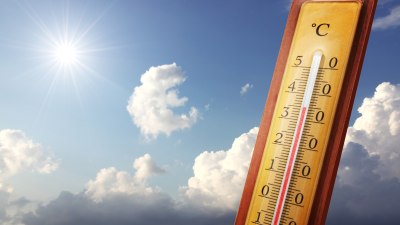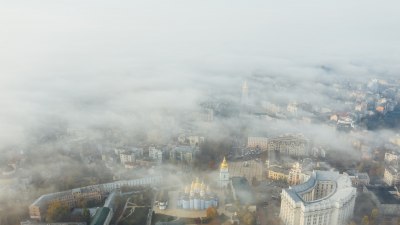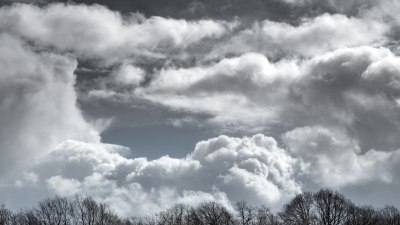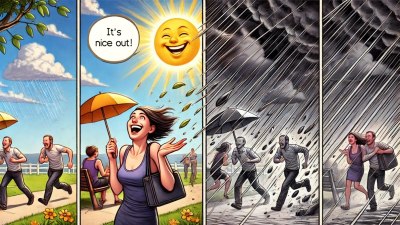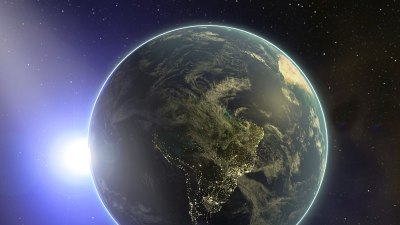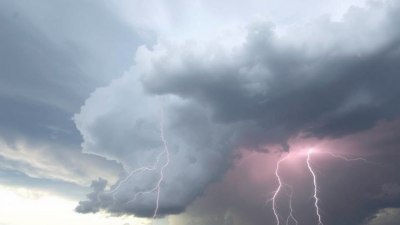How Cities Create Their Own Weather: Urban Heat Islands Explained
Explore the phenomenon of urban heat islands and their impact on city weather patterns, health, and environment.

In recent years, the phenomenon of urban heat islands (UHIs) has gained significant attention due to its substantial effects on city environments and climates. Urban heat islands occur when urban areas experience higher temperatures than their rural surroundings, primarily as a result of human activity and modifications to the landscape. This article delves into the science behind urban heat islands, their causes, effects, and potential solutions for mitigation.
Understanding Urban Heat Islands
Urban heat islands are localized areas within cities that exhibit significantly warmer temperatures compared to outlying regions. The intensity of this heating can be attributed to several factors that are unique to urban environments. Urban developments usually feature extensive concrete, asphalt, and buildings, which absorb and retain heat more effectively than vegetation and open land. As temperatures rise globally due to climate change, the exacerbation of UHI effects poses risks to urban dwellers and the environment alike.
Causes of Urban Heat Islands
The creation of urban heat islands can be attributed to various interconnected factors:
- Surface Materials: Urban surfaces such as asphalt and concrete absorb significant amounts of solar radiation, leading to higher surface temperatures. In contrast, rural areas often have more vegetation, which cools the environment through evapotranspiration.
- Building Density: Dense clusters of buildings trap heat, creating a localized microclimate. Tall buildings can block airflow and increase temperatures in the immediate vicinity.
- Lack of Vegetation: The removal of trees and green spaces for urban development reduces the natural cooling effects provided by plants. Vegetation not only provides shade but also cools the air through the phenomena of evaporation.
- Human Activities: Increased energy consumption in cities, particularly from transportation, buildings, and industrial activities, results in the emission of heat. Additionally, air conditioning units release warm air into the environment, further worsening UHI effects.
- Pollution: Urban areas often face a higher concentration of pollutants, which can absorb sunlight and contribute to temperature increases. Additionally, aerosols in the atmosphere can impact cloud formation and precipitation patterns in urban areas.
Effects of Urban Heat Islands
The consequences of urban heat islands extend beyond mere discomfort during hot weather; they can significantly affect public health, energy consumption, and local ecosystems:
- Public Health Risks: Higher temperatures in urban areas can exacerbate heat stress, leading to increased heat-related illnesses and mortality. Vulnerable populations, including the elderly and those with pre-existing health conditions, are particularly at risk.
- Increased Energy Demand: As temperatures rise, the demand for air conditioning services skyrockets in urban areas, leading to increased energy consumption. This not only raises electricity costs for residents but can also strain local power supplies and lead to higher greenhouse gas emissions.
- Air Quality Deterioration: Elevated temperatures can worsen air quality by facilitating the formation of ground-level ozone, a harmful air pollutant. Poor air quality can lead to respiratory problems and other health complications.
- Altered Precipitation Patterns: Urban heat islands can influence local weather patterns, leading to changes in rainfall distribution and intensity. This may cause flash floods in certain areas while leaving others prone to drought.
- Impact on Flora and Fauna: The high temperatures of urban heat islands can shift the habitat ranges of various plant and animal species, promoting the growth of invasive species while threatening native flora and fauna.
Mitigating Urban Heat Islands
To combat the adverse effects of urban heat islands, cities can implement several strategies aimed at reducing surface temperatures and improving urban environments:
- Increasing Green Spaces: Integrating parks, gardens, and green roofs into urban design can significantly mitigate UHI effects. Vegetation provides shade, cools the air through evapotranspiration, and improves overall air quality.
- Utilizing Cool Roofing: Cool roofs are designed to reflect more sunlight and absorb less heat than standard roofing materials. By using reflective materials, buildings can remain cooler, reducing the heat emitted into the surrounding environment.
- Implementing Urban Forestry: Planting trees in urban areas not only provides shade but also contributes to air quality improvement and enhances the aesthetic value of neighborhoods. Trees act as natural air conditioners, helping to moderate temperatures.
- Encouraging Sustainable Transportation: Reducing the reliance on cars and promoting public transport, biking, and walking can lower the heat generated by vehicles in urban settings. Investments in cycling infrastructure and pedestrian-friendly city designs can encourage healthier and cooler transportation options.
- Policy and Regulation: Urban planners can adopt zoning regulations and building codes that promote green infrastructure and sustainable practices. Incentives for energy-efficient designs and technologies can support a city’s efforts to reduce heat islands.
Case Studies of Urban Heat Islands
Several major cities around the world have implemented strategies to combat urban heat islands effectively:
- New York City: NYC has embraced urban greening efforts, including the MillionTreesNYC initiative, which aims to plant one million trees across the city. The city also promotes green roofs and energy-efficient building retrofits.
- Los Angeles: LA has adopted a comprehensive plan, the Cool LA initiative, which includes improving tree cover, promoting cool roofs, and enhancing park access in underserved neighborhoods.
- Tokyo: Tokyo is investing in urban greening initiatives and has implemented a heat policy that establishes guidelines for building materials and practices to reduce heat absorption.
The Future of Urban Heat Islands
As urbanization continues worldwide, the issue of urban heat islands will only intensify. Addressing the challenges of UHIs requires collaborative efforts among city planners, policymakers, community organizations, and residents. By increasing awareness of the effects of urban heat islands, cities can take proactive measures to create cooler and more sustainable urban environments. Innovations in technology, design, and urban planning will play crucial roles in shaping resilient cities that promote quality of life for all inhabitants.
Urban heat islands represent a pressing challenge in the era of rapid urbanization and climate change. Understanding their causes and effects enables cities to implement effective strategies to mitigate their impact. Successful initiatives can lead to healthier populations, lower energy costs, and improved environmental quality. As we move forward, fostering greener urban spaces is essential for cultivating sustainable and livable cities in the future.



